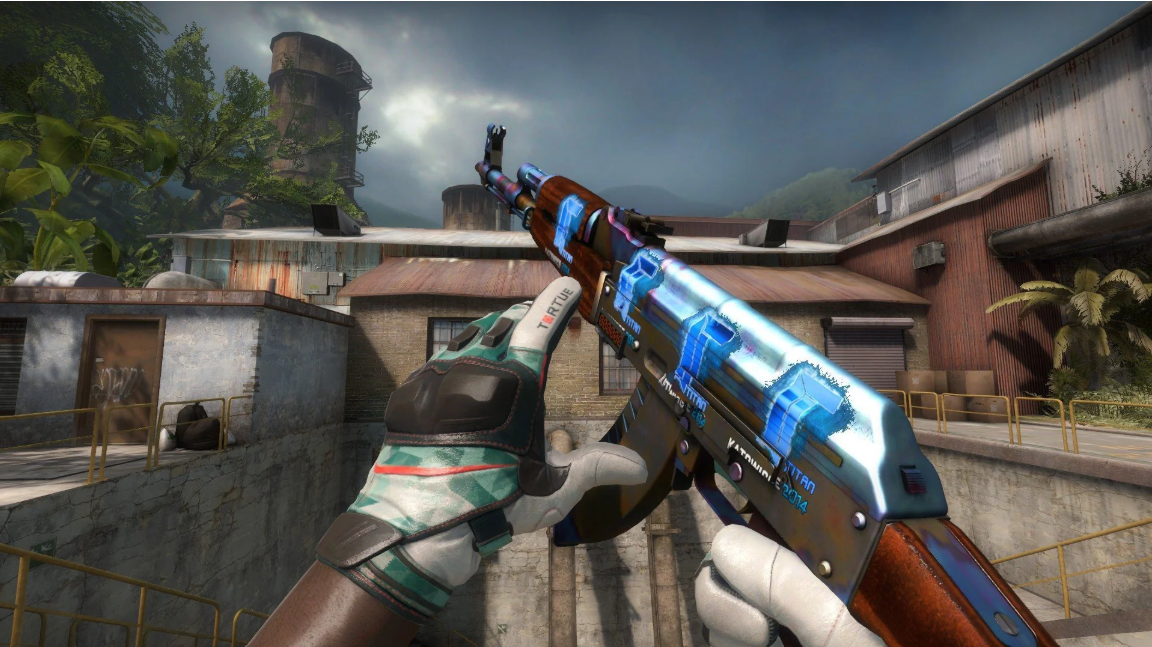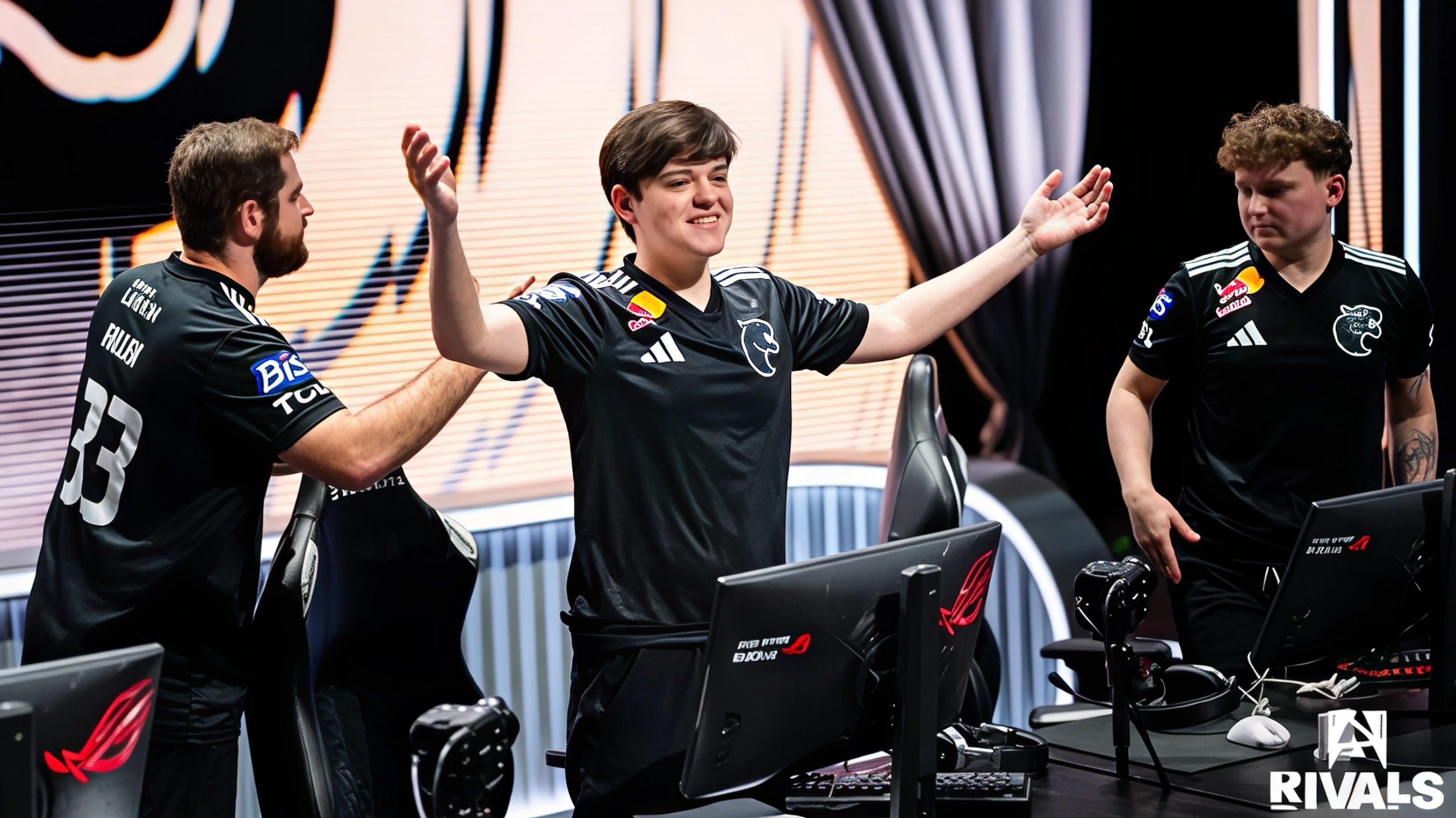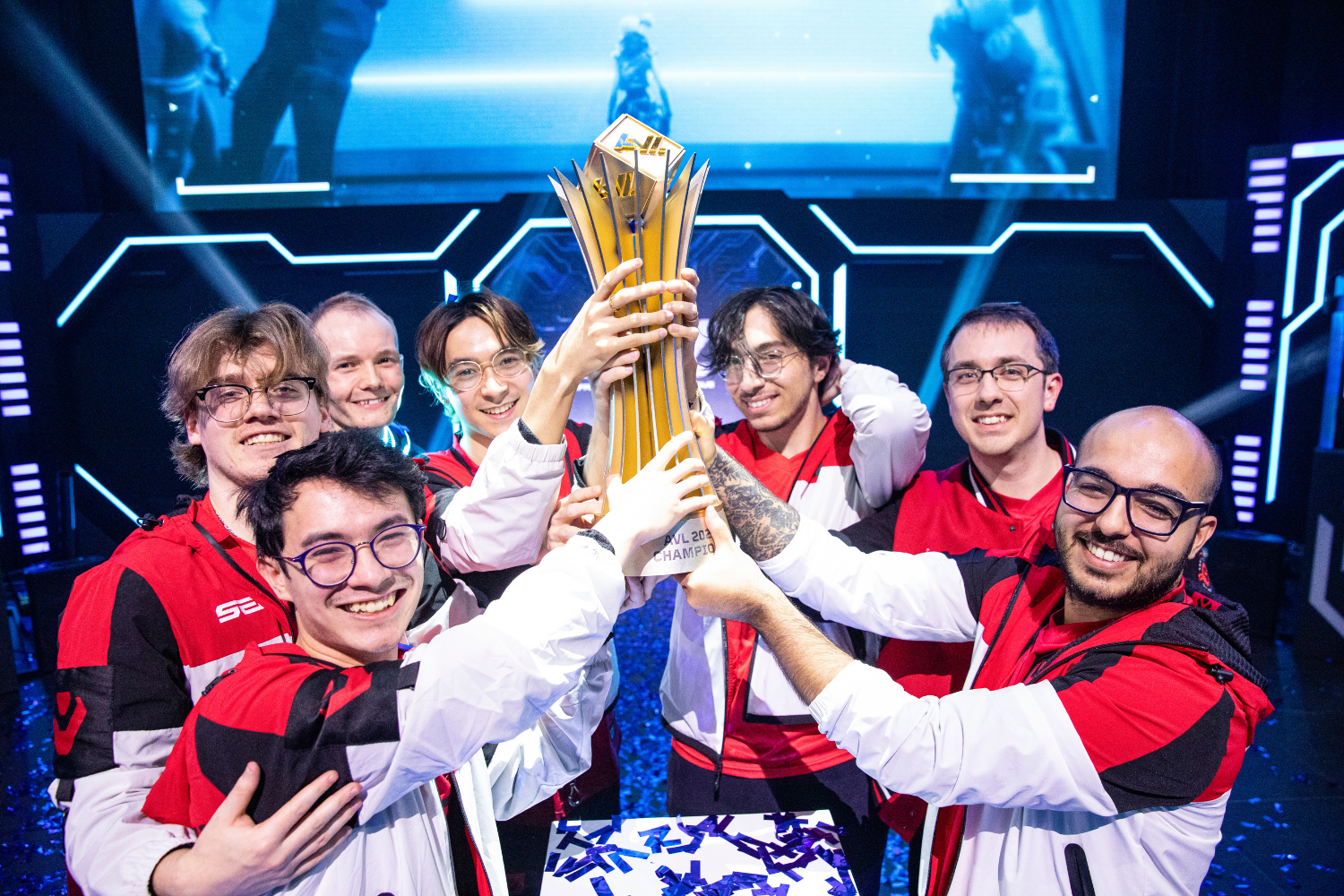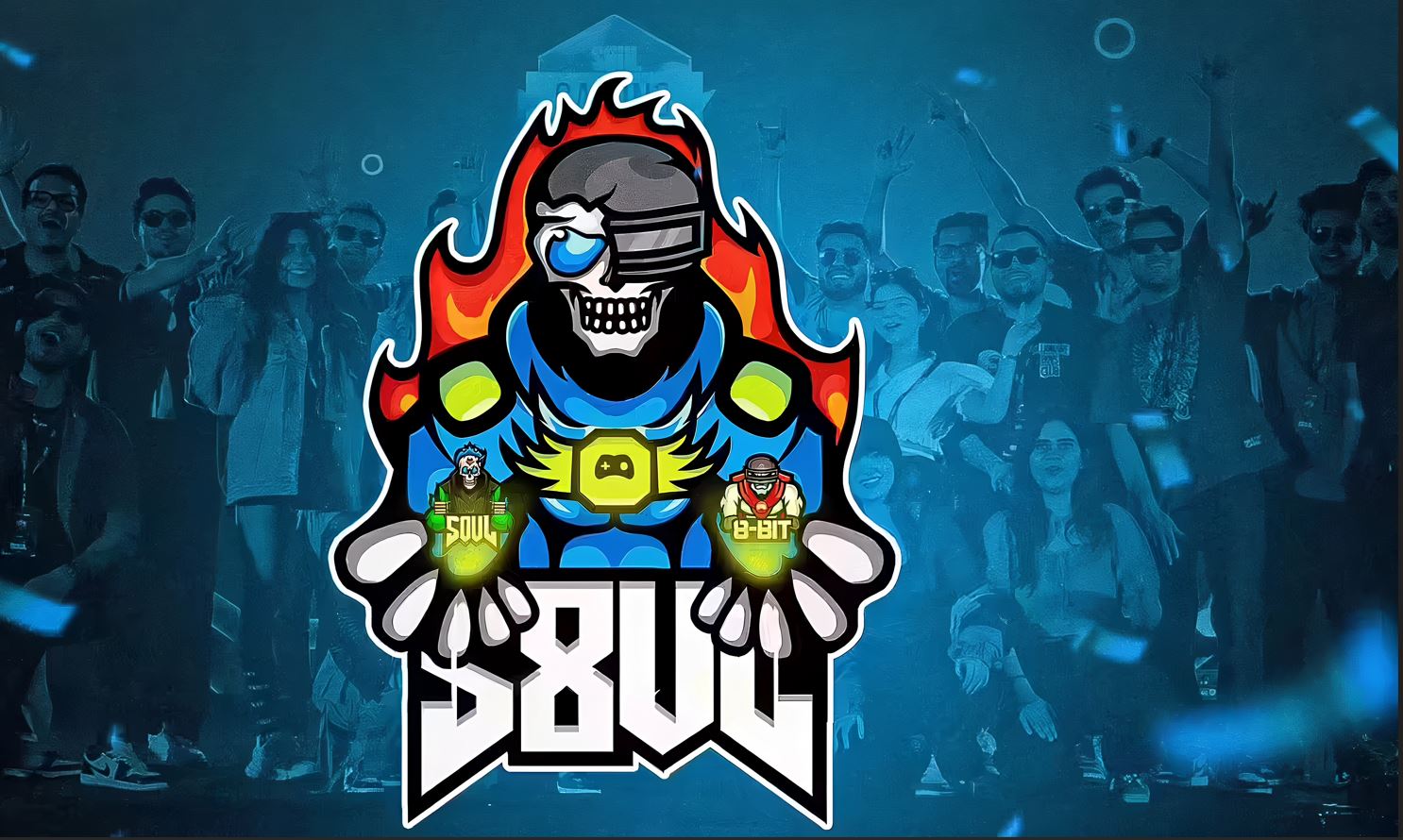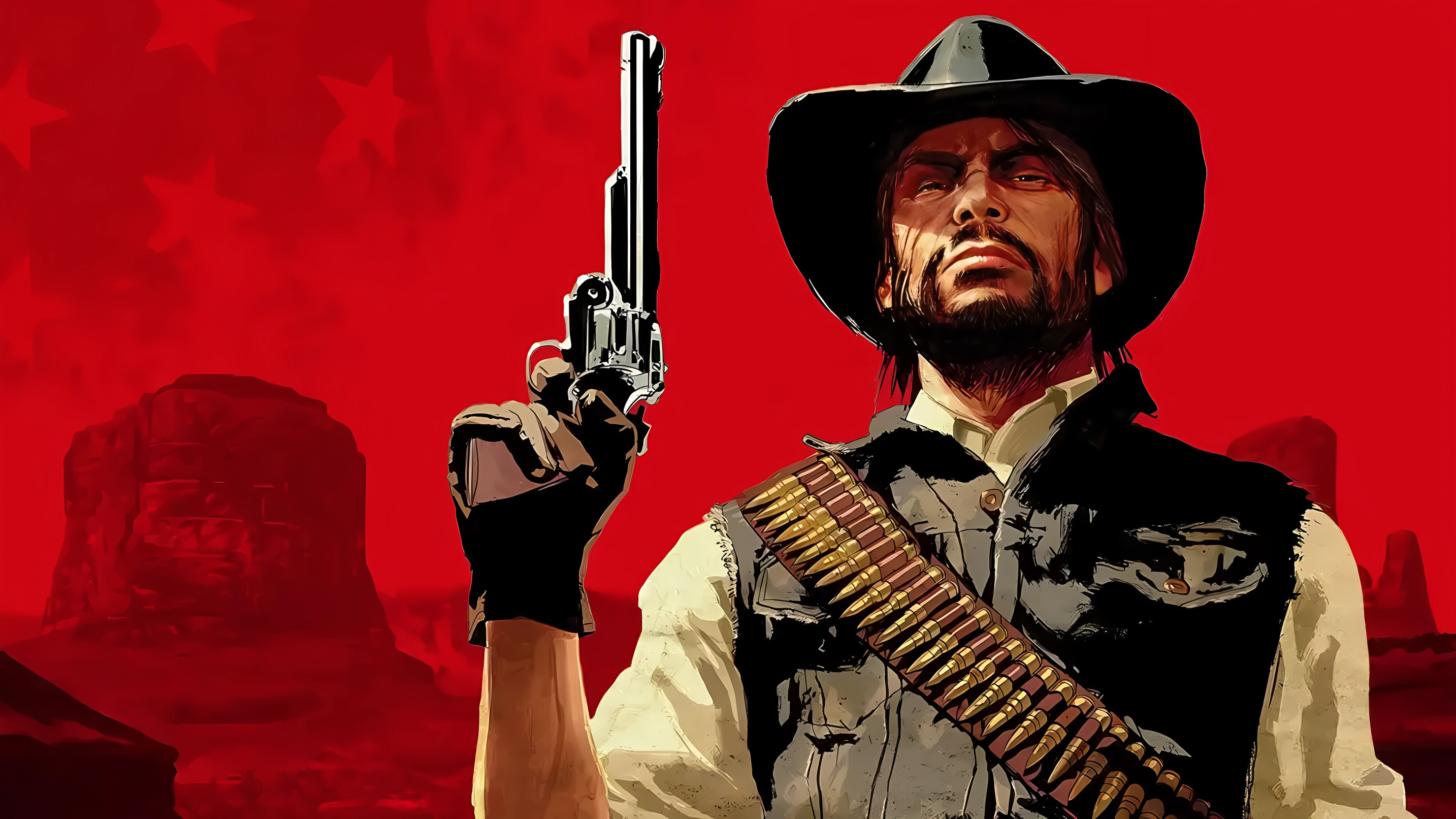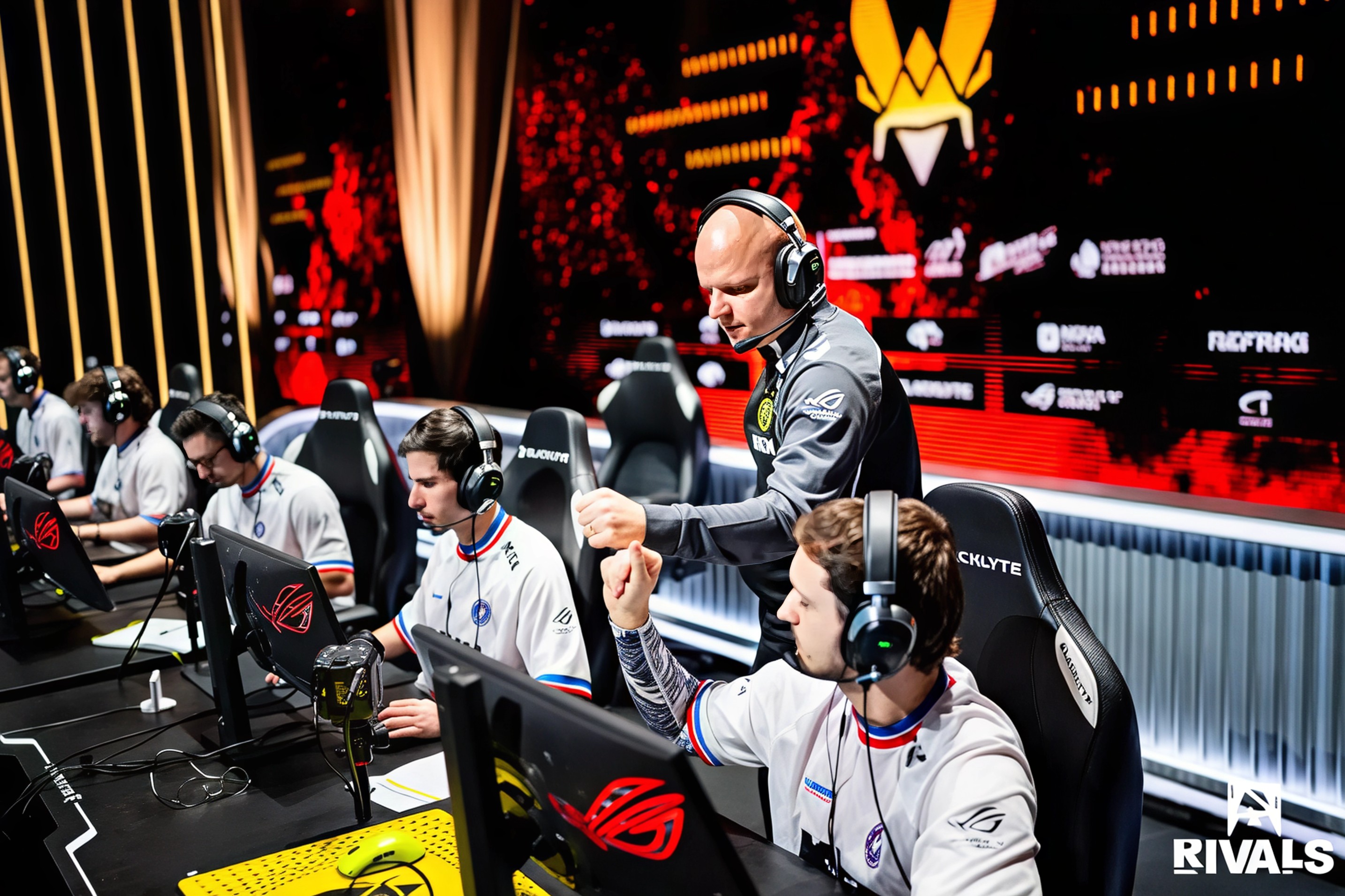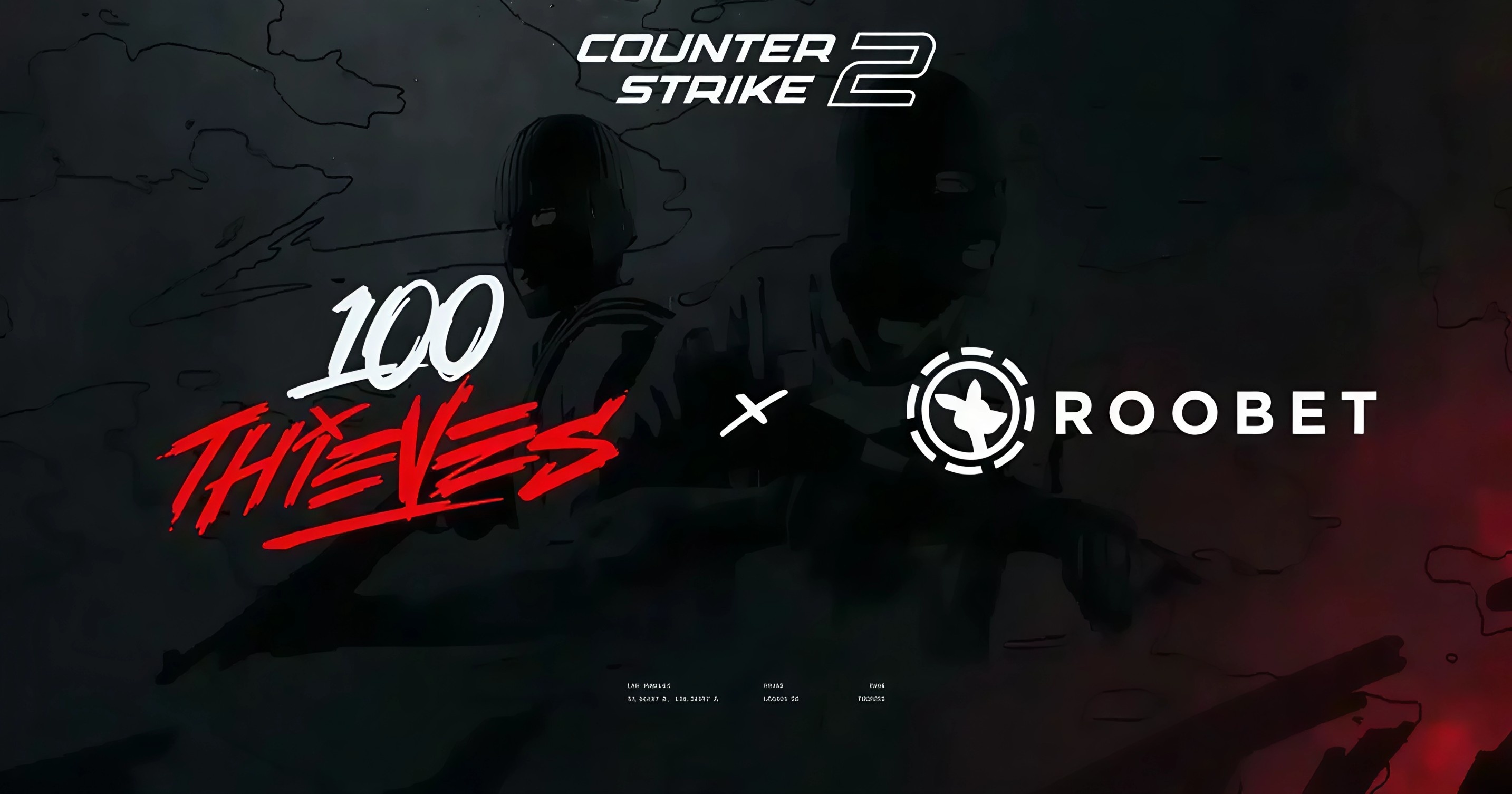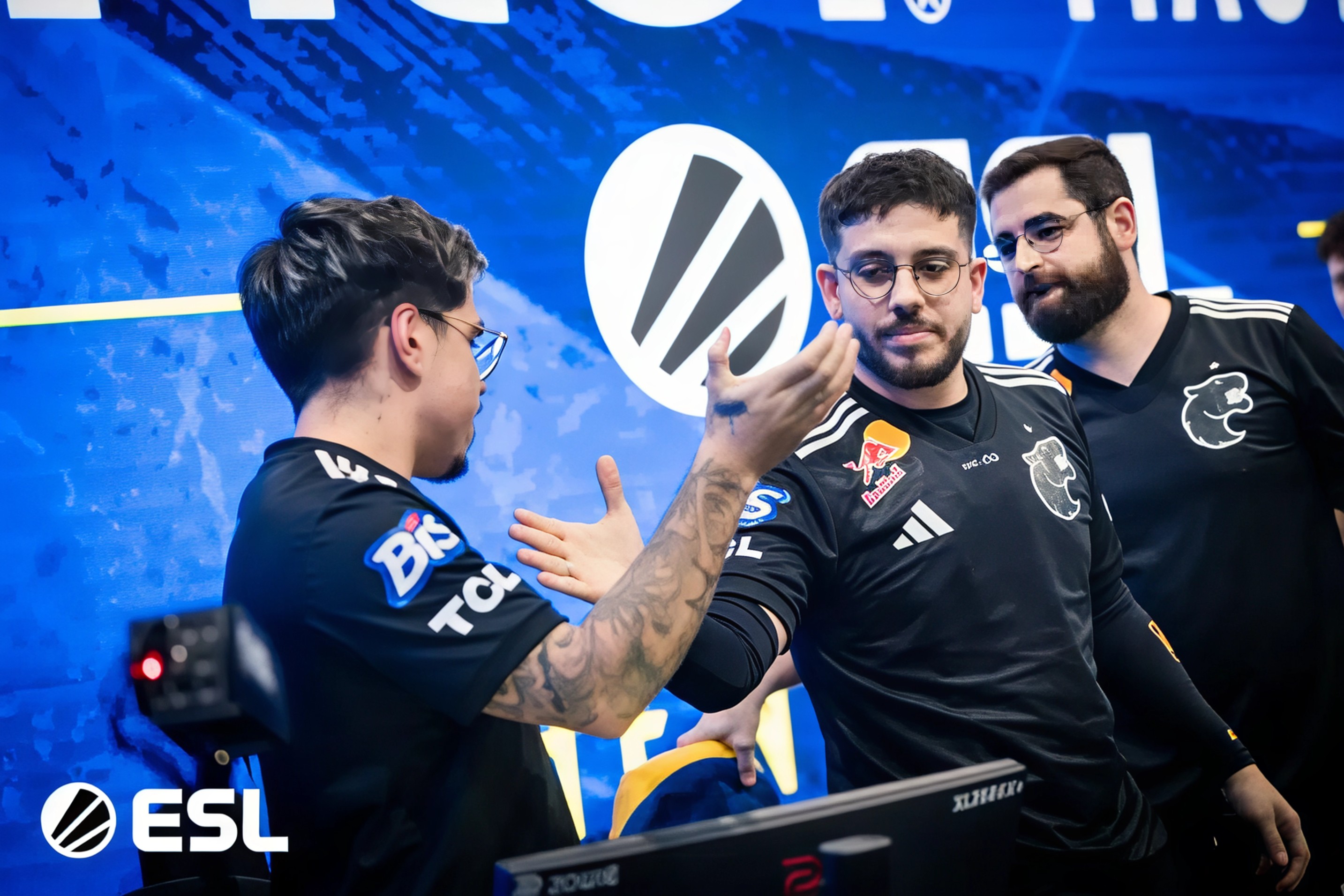What started as just a few gun cosmetics in Counter-Strike has exploded into a multi-billion dollar phenomenon. As of April 2025, the CS2 skin market has hit a staggering 4.5 billion dollars and has even crossed 5 billion during peak esports events. This is not just a game anymore. It is one of gaming’s biggest financial ecosystems, driven by psychology, design, speculation, and a whole lot of hype.
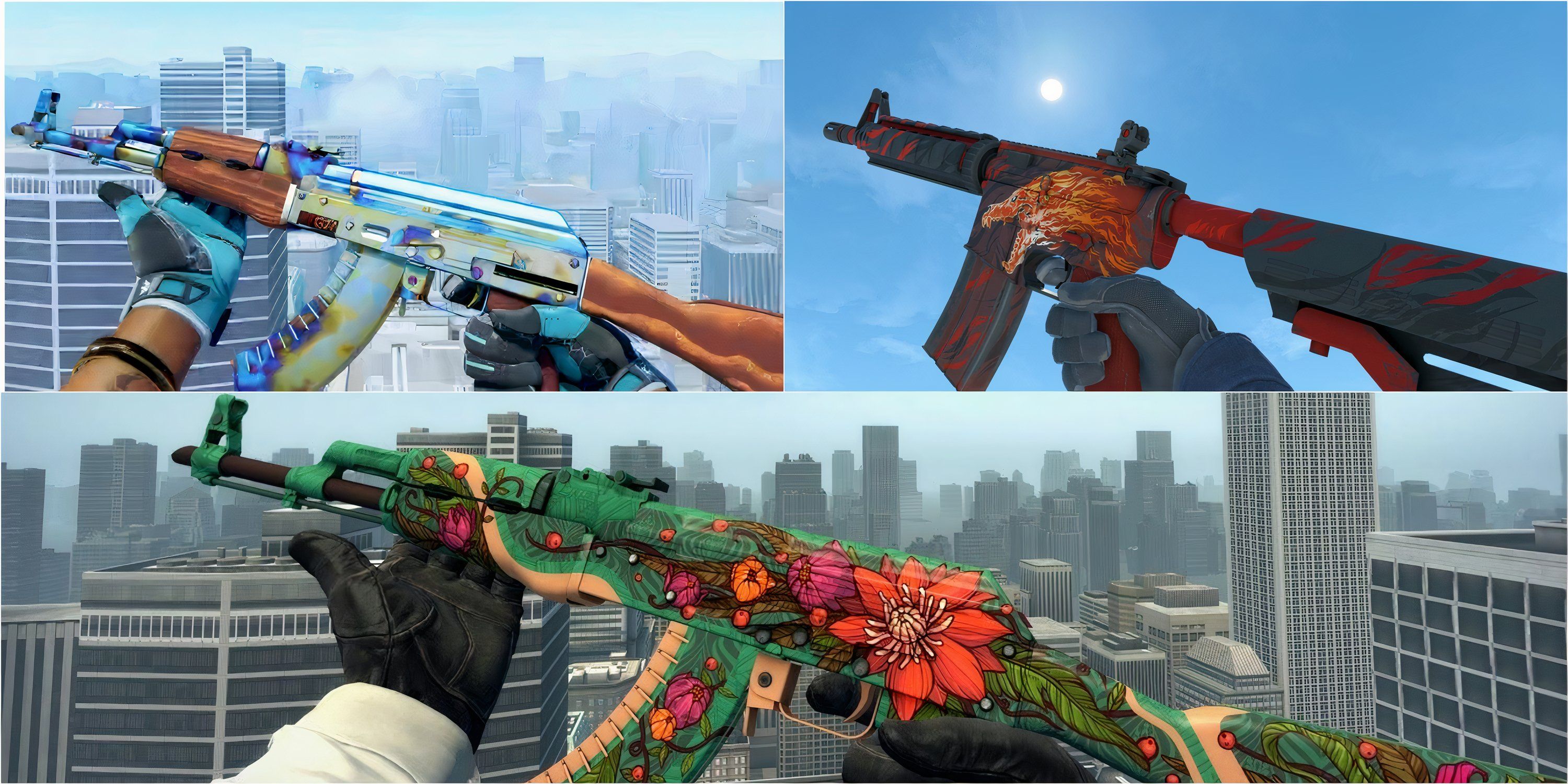
When Valve introduced skins in 2013 through the Arms Deal update in CS GO, no one could have predicted this outcome. But the mix of rarity tiers, community designs, and in-game prestige turned these digital wraps into serious assets. Once CS2 launched on Source 2 in 2023, older skins gained even more value thanks to updated graphics. Blue Gem patterns and Doppler knives started fetching six-figure prices as demand shot up through the roof.
Valve’s business model has profited massively. Players opened more than 400 million cases last year alone. At 2.5 dollars per key, the company made an estimated one billion dollars just from case openings. Add to that their fifteen percent cut from every transaction on the Community Market and it is clear—this is not just a skin game. It is a gold mine.
But what really fuels this market is the feeling of scarcity. From basic Consumer Grade to the ultra-rare Contraband items, each skin comes with a unique float value and pattern. A slight shift in these numbers can mean the difference between a ten-dollar item and one worth thousands. That sense of "you might never get this again" keeps collectors, players, and speculators in a constant frenzy.

Players use price charts and analytics tools to track trends across global markets. Some even scout regional gaps between Western and Asian platforms to make quick profits. Others just want that one-of-a-kind skin to flex during a stream or tournament. This has made skins more than just items—they are digital status symbols.
What makes the CS2 skin world even more powerful is community ownership. Through Steam Workshop, players can submit their own designs. Some of these get chosen by Valve, added to the game, and earn royalties for the creators. Legendary skins like Fire Serpent and Hot Rod are proof of how community creativity can shape global economies.
Platforms like CS Money and Skinport support this massive ecosystem with tools, pricing data, and added payment options. These third-party sites have turned skin trading into something resembling a stock exchange. Of course, like any financial market, it is not all smooth sailing. There have been pump-and-dump schemes, price crashes, and even legal scrutiny.

Back in 2016, Valve was forced to act against illegahttps://www.pcgamesn.com/wp-content/sites/pcgamesn/2024/07/counter-strike-2-skins-weapon-charms.jpgl skin gambling sites that mimicked real-money betting systems. But the market adapted. Token-based platforms and alternate systems now exist that blur the line between trading and betting once again. Regulators are watching closely, especially with growing global concern around loot boxes and underage gambling.
Despite all the turbulence, the CS2 skin economy keeps bouncing back. A price bug in May this year wiped out nearly a billion dollars in value for a day, but prices rebounded fast. Seasonal dips are normal. But long-term momentum has stayed strong. The constant influx of new players, collectors, and creators is not slowing down.
In many ways, the CS2 skin market has become gaming’s version of Wall Street. It is part digital art showcase, part collectibles empire, and part economic playground. Whether you are a casual player or a serious investor, one thing is certain—the value of virtual flex has never been higher.
For more insights into the wild world of gaming economics, esports updates, and the latest tech in play, follow Gaming Moves on Instagram and Facebook.

